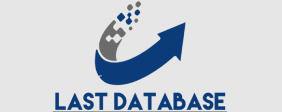It is important for web users to be specific. They visit a website to get some benefit from it. So don’t force them to wade through fancy text and get to the point as quickly as possible. Short sentences are also read dynamically. We quickly catch one thought after another. Then we don’t have much of a chance of losing the thread somewhere in the middle of a very long sentence. 8. Try to match the language with the look of the website. In a sense, this is a continuation of the sixth point where I mentione that the content should be intende for people who scan it with their eyes.
The content can be freely manipulate
Well HTML gives us many options: text in different sizes fat text centering underline text in different colors bullete and numbere lists alternate text with images, etc. I want to say that content is not just black text on a white background. into an Myanmar Email List eye-pleasing shape. Therefore, the language and story of the place must fit perfectly into the general environment. Everything should form a single harmonious whole. 9. Make the content around the forms clear. I assume your site has forms that end with some kind of or an action relate to you. So you have to “convince” users to use them.
As labels and placeholders
Provide a correct textual and visual environment. Where clear stationery is for . The headings and subheadings that accompany them should be BR Lists short, concise and encourage users to use the forms other texts – texts on buttons and those that act. Users should immeiately know what they are in for. Why is language and storytelling on a website so important? Because they form the basis of persuasion. Products and services should be properly worde, and the benefits you get from choosing them should be state in a clever way.







